The draft Law on Railways (amended) supplements many regulations on investment in railways connecting ports and economic zones, along with incentives to attract investors and overcome current shortcomings.
Reduce logistics costs
The Lao Cai - Hanoi - Hai Phong railway project is being submitted to the National Assembly for consideration and approval of investment policy.
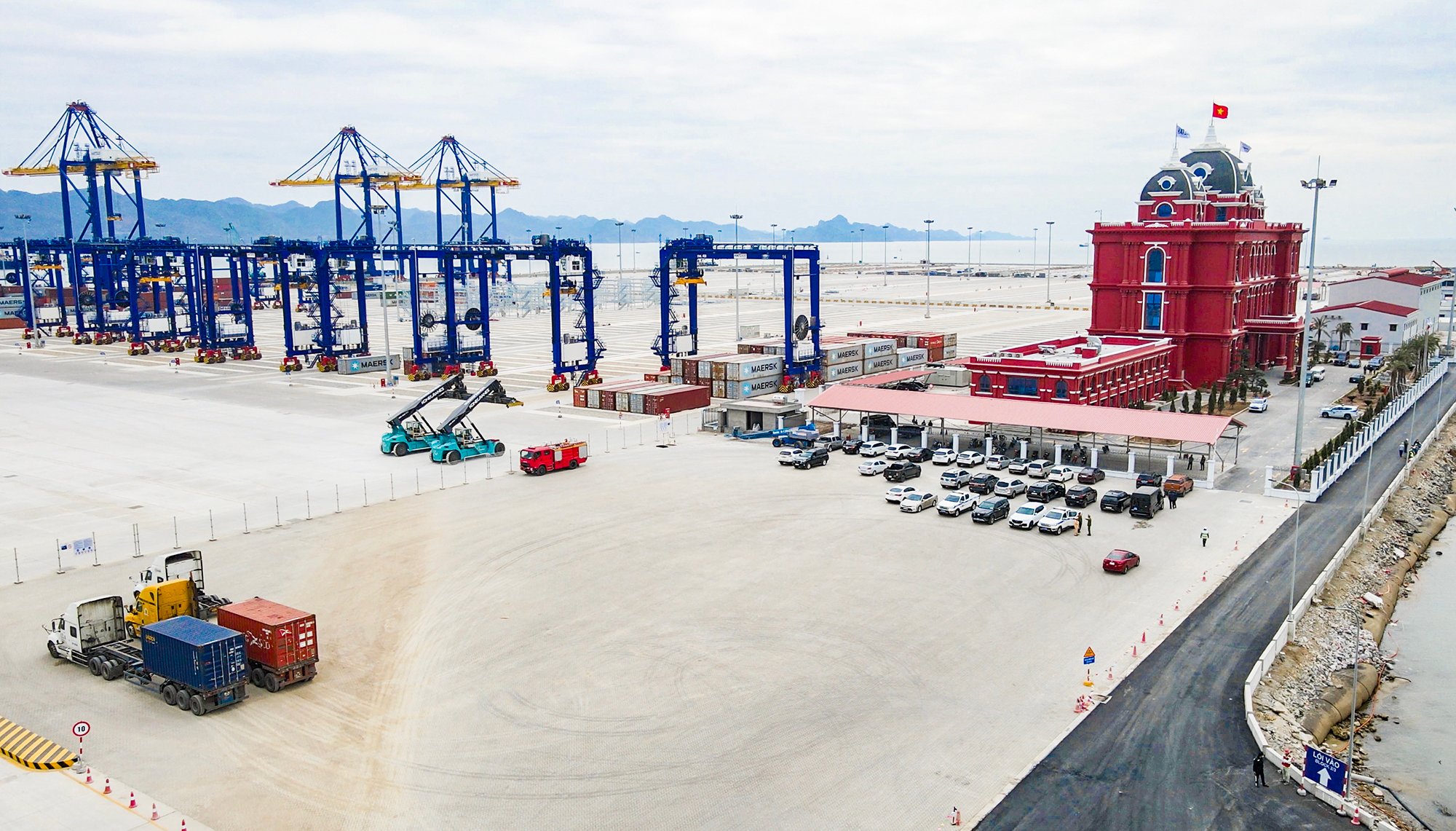
Lach Huyen Port will have investment in connecting railway. Photo: Ta Hai.
According to Mr. Duong Van Hung, Chairman of the Board of Directors and Director of Hai Phong Railway Transport Services Joint Stock Company, transport and logistics enterprises are looking forward to the project being implemented soon.
With the construction of 1,435mm gauge railway to the deep-water ports of Lach Huyen and Nam Do Son, businesses benefit greatly.
The train uses large 1,435mm gauge carriages, which can carry 60 - 70 tons/carriage. On the other hand, the train can carry standard containers, and can transport by sea - rail - road, not only domestically but also internationally.
"At that time, instead of having to use more than 20 tractors to transport 20 containers, just load them all onto one train. With high transport capacity and lower costs than roads, the railway in the Hai Phong port area will certainly attract more cargo flows," said Mr. Hung.
According to Mr. Hung, the issue of connecting railways to seaports and dry ports has been proposed for investment by businesses for many years, but has not been implemented.
"The main reason is the huge investment capital for railways. Therefore, state investment must still play a leading role, building main railways and train stations, and pre-port stations to bring wagons into the port for loading and unloading. As for railways connecting to the port, they can completely attract business capital because the investment capital is not large.
Need a mechanism to attract socialization
At the meeting of the National Assembly's Committee on Science, Technology and Environment with the Hai Phong City People's Committee to review the draft Law on Railways (amended) in early January 2025, Vice Chairman of the Hai Phong City People's Committee Nguyen Duc Tho said that in recent years, the volume of goods passing through Hai Phong port was about 200 million tons, but transport by rail was only about 700,000 tons, accounting for less than 0.03%.
The reason is that the 1,000mm gauge railway infrastructure is old and not yet connected to other modes of transport besides road. Especially seaport areas and container terminals do not have direct railway connections.
Meanwhile, the demand for goods through Hai Phong port is forecast to increase to 300 million tons by 2030, and roads will not be able to handle it. Therefore, it is necessary to promote the development of railways to collect and transport goods; it is necessary to invest in railways connecting to seaports, dry ports, and industrial zones.
"There needs to be a mechanism to attract socialized capital. For example, the railway at the station area is invested by the State, but the station, auxiliary works, and services are left to investors. When the State finishes the railway, the other areas will also be finished, and can be exploited synchronously," Mr. Tho analyzed.
Many incentives to encourage investment
According to Mr. Tran Thien Canh, Director of the Vietnam Railway Authority, the current Railway Law does not require binding railway connections with seaports and major cargo hubs. Therefore, when building seaports, investors do not invest in building railways connecting to ports.
On the other hand, although the law has regulations to encourage railway development such as land allocation without payment, land rent exemption for land reserved for railways... the application of these policies is almost not effective in practice.
Specifically, the 2013 Land Law does not have regulations on land allocation without land use fees for land areas for construction of national railway infrastructure and urban railways; exemption of land rent for land areas for construction of specialized railway infrastructure and railway industrial works.
The 2008 Law on Corporate Income Tax does not provide for preferential tax rates for enterprises operating in railway infrastructure...
In the Draft Law on Railways (amended), the Ministry of Transport has included specific regulations to realize railway connections to seaports, dry ports, inland waterway ports, and economic zones.
In particular, it is stipulated that seaports of type I or higher and inland ports with a capacity of 50,000 TEU/year or more in provinces/cities with national and local railways passing through must be connected to the railway into the port to meet the needs of transportation, socio-economic development, national defense, security, and environmental protection.
When establishing, adjusting the planning and investing in the construction of this port project, land must be reserved for the construction of a connecting railway project. The investor of the port project shall develop a roadmap for implementing the railway connection according to the approved planning.
Organizations and individuals investing in connecting railways enjoy preferential and supportive policies such as exemption from land rent for the land area for constructing connecting railway infrastructure; exemption from import tax on materials necessary for construction and maintenance of railway infrastructure that cannot be produced domestically, etc.
"The revised law stipulates that land must be reserved for railway connections, and whoever invests will be responsible for managing, operating, and exploiting it. These regulations will be more flexible, making it easier to attract investors," said Mr. Canh.
According to Ms. Nguyen Thi Thu Thao, Head of Public Relations and Shareholder Relations, Gemadept Joint Stock Company, in many countries, the railway system has reached seaports, bringing great benefits in connecting goods sources, optimizing logistics costs and contributing to increasing cargo output for ports.
Developing an intermodal railway connecting key economic zones in the North and the South, in sync with major projects such as the North-South high-speed railway, is a strategic direction, helping to connect major freight transit points, including important seaports, creating a traditional form of transport capable of transporting large volumes, safely and reliably.
Hoang Anh
Source: https://www.baogiaothong.vn/loat-co-che-hut-dau-tu-duong-sat-ket-noi-cang-bien-192250213215124613.htm






























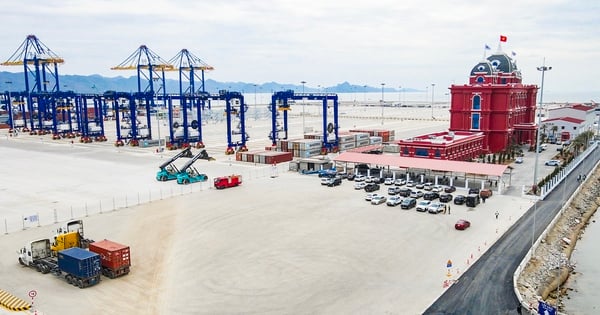
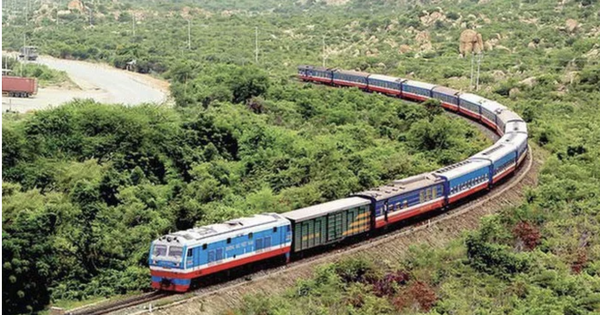

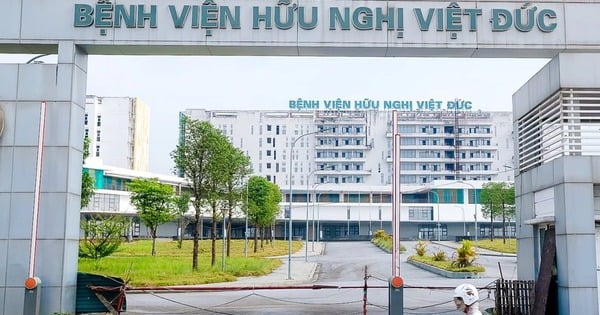
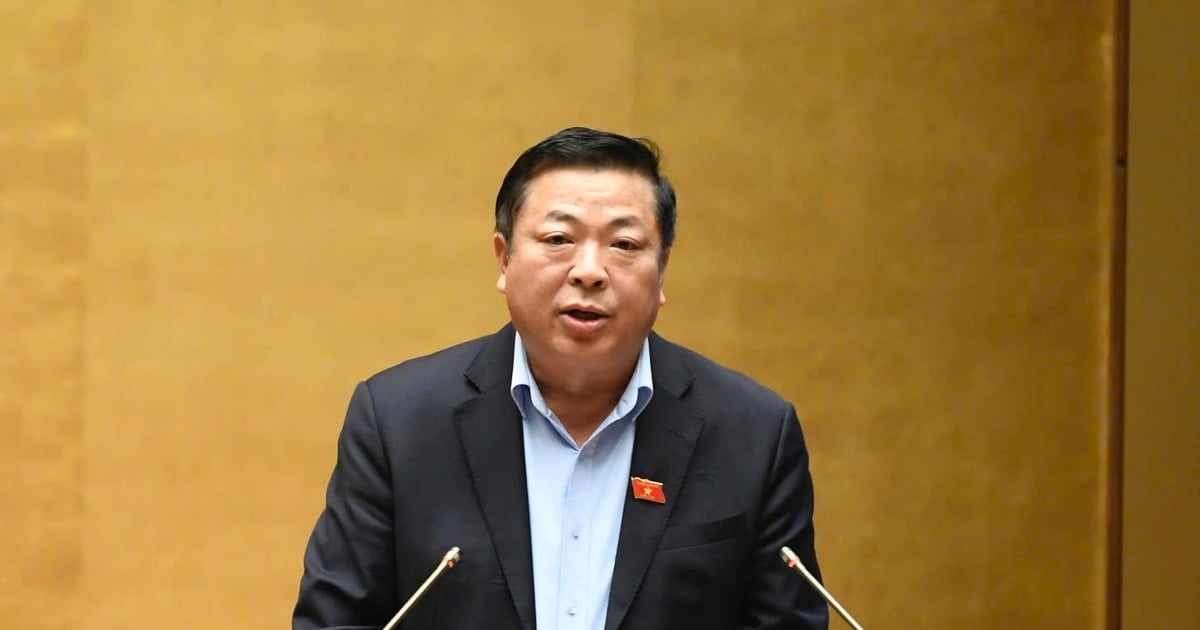



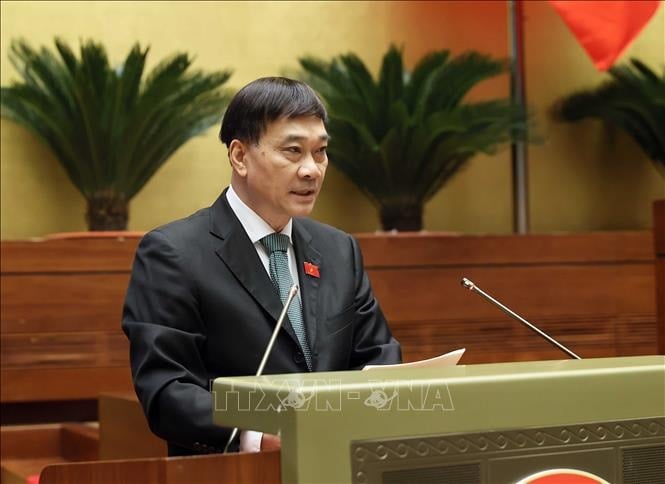

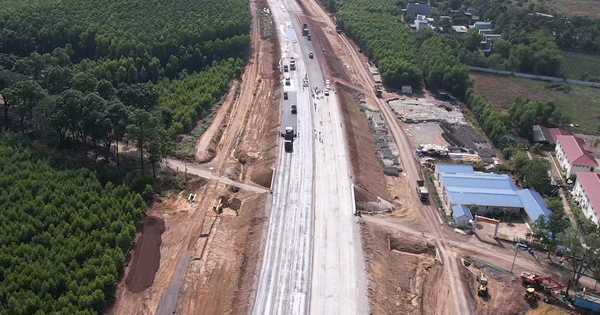

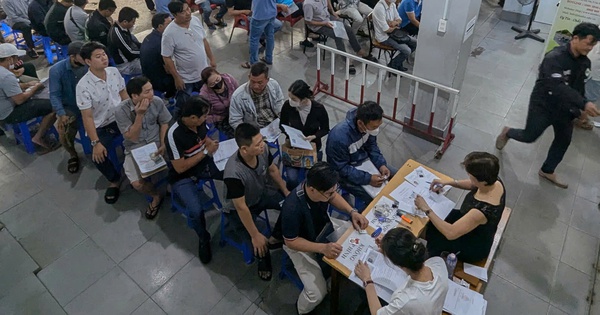















Comment (0)